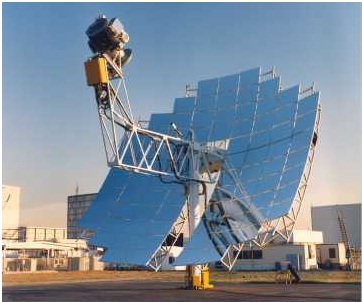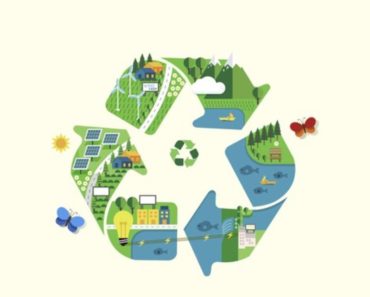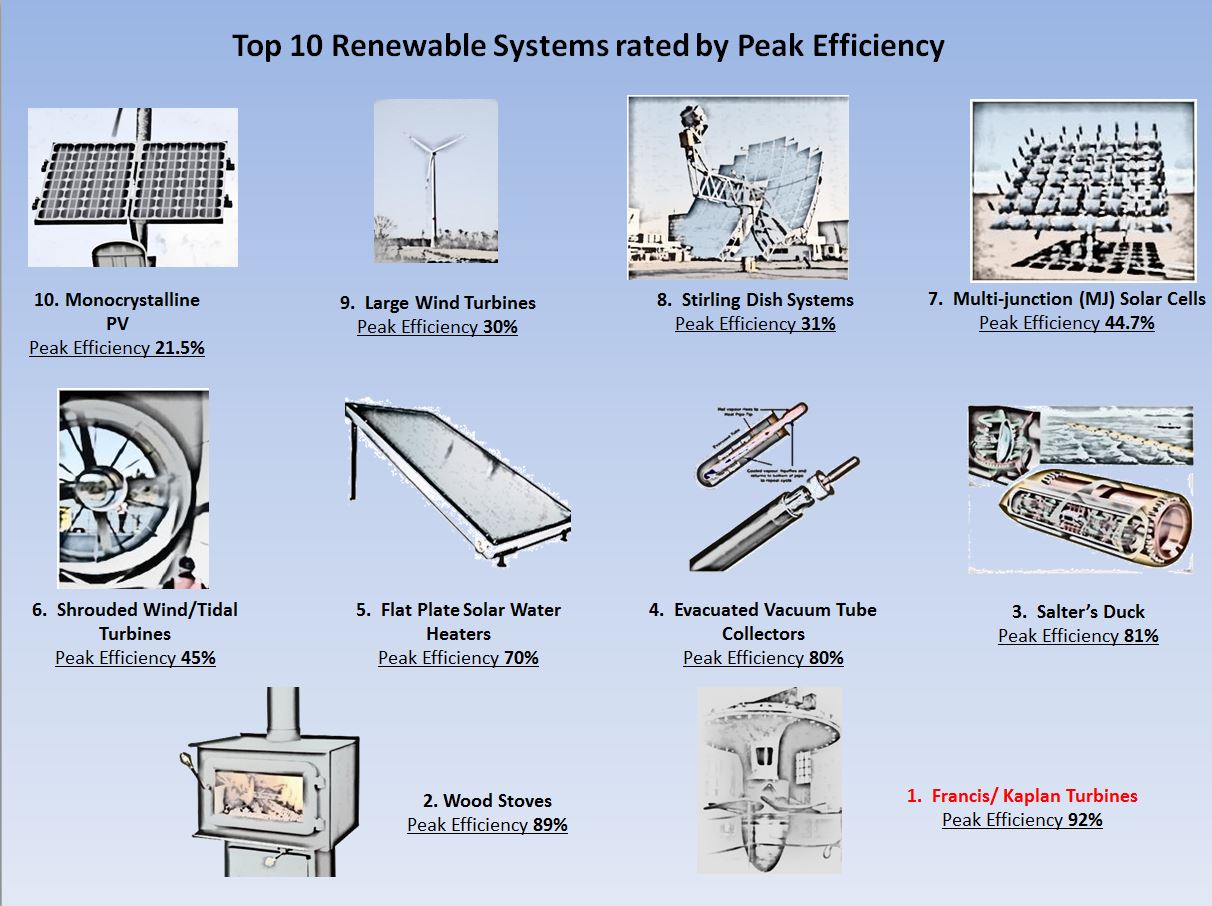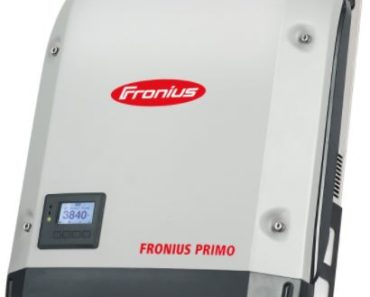Heat transfer has numerous applications. The most obvious ones that we come across every day is when we are cooking. Similarly the sound of the computer processor fan turning on is also a reminder that heat is being removed from the system. We passively notice it when our coffee on the table gets cold.
Heat transfer is much more involved in our daily lives than we realize. The human body is a great example of active heat management system. The metabolism in our bodies creates heat and our body tries to maintain a thermal equilibrium with the surroundings. The ideal temperature that the human body tries to maintain is 36 °C. When the temperature goes higher (because of external factors), it is lowered by perspiration. When the body temperature is lowered because of an external factors-such as a person being thrown into cold sea water- shivering begins to increase the metabolism rate. The two things we can learn from this example is evaporation is a method of heat removal and friction is a way of heat increase.
A great part of energy that we utilize is in the form of thermal energy. The knowledge of Heat transfer therefore is crucial for designing power systems that involve heat. One example of such power systems is coal fired/gas fire power plants. Even in nuclear power plants, the nuclear energy is converted into heat which than generates steam to drive a turbine.
Similarly, there are also renewable energy systems that involve heat. All solar thermal technologies, from domestic solar water heaters to commercial, solar trough, power tower, Solar Stirling dish systems etc. involve the converting of solar radiation into heat. In addition, the alternate energy systems like ground/air sourced heat pumps and geothermal energy also require the knowledge of heat transfer. When designing these systems it is often a requirement to channel the most amount of heat where we want it to go. There is also sometimes a constrain to stop the heat getting out of the system.
The subject of heat transfer deals with both, i.e. how heat transfer rates can be increased and how can they be decreased. For example in a solar water heater, it is important to absorb all the incoming radiation, convert it into heat and channel it into water running through the tubes. There is also a design requirement to stop the heat leaking through other parts of the systems for instance back, front and the side walls. So the solar water heater is essentially a thermal diode. Sometimes vacuum tubes are used for water heating, sometimes flat plate collectors are used. Both are designed to minimize heat loss from the system boundaries other than through the working fluid (water in this case).
In power tower systems, the greater the degree of concentration, the higher the temperature on the absorber plate. Sometimes the temperatures can rise to over 800-900 °C. managing these high temperature is impossible without the full knowledge of all the three modes of heat transfer.
In almost all energy systems, conduction, convection and radiation occur simultaneously. They are intertwined. The rate of one mode of heat transfer impacts the other. It should be understood that Engineers generally ignore radiation heat transfer till about temperatures of 70 °C. With temperature increase, the portion of heat transfer through radiation.
Synergy files is proud to present a free course on heat transfer (available for limited duration) on the Udemy platform. The free course on heat transfer will provide students the knowledge of the modes of heat transfer namely conduction, convection and radiation. Click here for the link to the course.
Please feel free to share this article using the buttons below.







